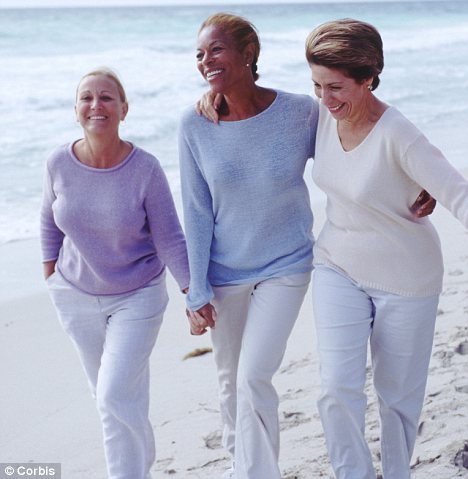Osteoporosis Series – Blog 4 – Living Well with Osteoporosis
I am acquainted with a few women in their late 50’s and early 60’s that were shocked and quite upset by their recent diagnosis of osteoporosis.
They had no symptoms or warning signs and were experiencing feelings of anxiety and uncertainty. They had images of older folks hunched over with a rounded back and wondered what was in store for them and what they should do next.
Educate Yourself on Osteoporosis
The first thing I recommend is to gain a better understanding of this disease. Osteoporosis Canada operates a toll free information line and can discuss your concerns, send appropriate information and refer you to a support group if desired. You can also become a member of COPN(Canadian Osteoporosis Patient Network) at no cost and receive a regular newsletter with information and tips on living with osteoporosis.
Proper Nutrition & Drug Treatment Options with Osteoporosis
Your doctor should review with you the various osteoporosis drug treatments and what the benefits and risks of each are. I suggest you meet with a nutritionist to review your daily diet and suggest changes and supplements, typically Calcium and Vitamin D, that could help maintain bone, recover lost bone mass and aid in the treatment of the disease.
Safe and Appropriate Exercise Program with Osteoporosis
As discussed in my 2nd blog “Exercise for Healthy Bones“, a safe, exercise program with appropriate modifications for osteoporosis is critical. Finding a Bone Fit™ trained fitness professional like me will know how to modify exercise movements for you. This program can not only improve bone strength and density, but also can improve balance and coordination, preventing falls which could fracture already fragile bones.
Guidelines for Safe Movement with Osteoporosis in Daily Living
It is also important to understand how to move in a way that is safe for your bones. Some things for you to consider in your day to day activities are:
– AVOID forward or side bending, extreme twisting from any position –sitting, standing or lying. This puts more pressure on the vertebrae and in danger of breaking bones.
– ALWAYS bend from the hip, knees bent, keeping a long, neutral spine.
– When moving an object sideways, such as a broom or mop, shift your weight from one foot to the other, rocking sideways. Whenever possible, choose to push an object rather than pull it.
– When scrubbing a spot on the floor or gardening, go down on all fours to protect your back and keep it straight.
– When cleaning the bathtub or toilet bowl use a long handled brush
– When getting in a car, sit down facing the door, then swing legs inwards. Reverse to get out of the car.
Fall Prevention with Osteoporosis
It is also important to remove the risk factors in daily living that could lead to falls and fractures:
– Clear your home of scatter rugs, protruding furniture or cords you could trip on.
– Watch for uneven ground, sidewalks and floors and use handrails on staircases
– Consider adding ice grips on the soles of your boots for the winter
– Add a shower organizer so you don’t need to bend for your shampoo and soap.
– Choose a sturdy step stool with a handle in the kitchen for reaching high places
Your Emotional Health Is Important too!
Incorporating safe movements and removing risk factors in daily living is only half the equation. Your attitude and emotional needs require attention too.
I encourage you to reach out to Osteoporosis Canada for information, to find a support group, become a member of COPN and enjoy a safe exercise program for your physical and emotional well-being!
All the very best to you! You can live a healthy and active lifestyle for many years ahead!


